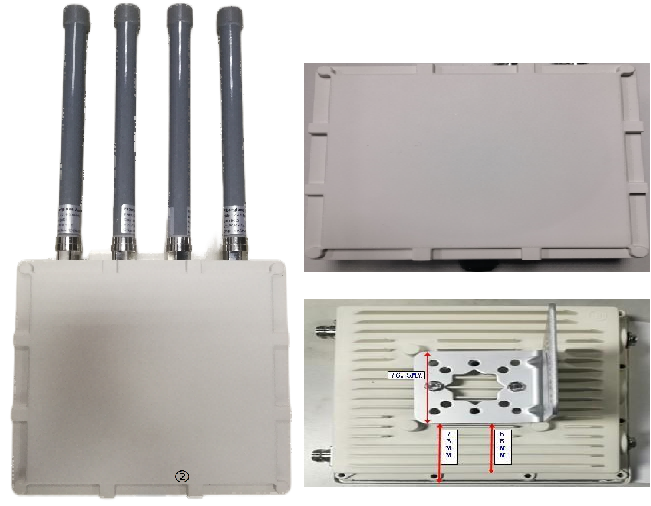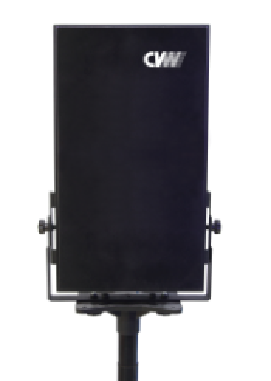Live streaming activity wireless video transmission technology refers to the use of wireless signal transmission technology to transmit videos and audio in real-time to the audience during live streaming activities, enabling them to watch and participate in activities remotely. This technology plays an important role in modern communication and media fields. In the following article, we will explore the types and applications of wireless video transmission technology.
Wireless transmission technology: The wireless video transmission technology of live streaming activities relies on wireless transmission technology to achieve the transmission of videos and audio. Wireless transmission technology uses radio waves, infrared rays, or other wireless signals to transmit information through air or other media. Common wireless transmission technologies include Wi Fi, Bluetooth, infrared, and radio. These technologies enable the transmission of videos and audio through wireless signals, enabling real-time live streaming activities.
Digital compression technology: Live streaming wireless video transmission technology also uses digital compression technology to reduce the size of video and audio data for transmission over limited wireless channels. Digital compression technology uses encoding and compression algorithms to convert raw video and audio data into smaller file sizes while maintaining sufficient quality. Common digital compression technologies include JPEG (Joint Photographic Experts Group) and AAC (Advanced Audio Coding). These technologies play a crucial role in the wireless video transmission of live streaming activities, while meeting the requirements of bandwidth and transmission speed.
Modem technology: Modem technology is also an essential component of wireless video transmission in live streaming activities. A modem is a device used for modulating and demodulating signals. In the wireless transmission process of videos and audio, the signal needs to be modulated by a modulator, and then demodulated by a demodulator at the receiving end to restore the original video and audio signal. Common modem technologies include frequency shift keying modulation (FSK) and orthogonal frequency division multiplexing (OFDM). These technologies can make signals more stable during wireless transmission and reduce interference and signal attenuation.
Rate adaptation technology: Wireless video transmission technology for live streaming activities usually uses rate adaptation technology to adjust the transmission rate of signals. The rate adaptive technology dynamically adjusts the transmission rate according to the network conditions and Bandwidth throttling to ensure the stable transmission of videos and audio. For example, if the network bandwidth is low, rate adaptation technology will reduce the transmission rate of video and audio data to avoid network latency and video lag issues. Common rate adaptation techniques include adaptive bit rate (ABR) and variable bit rate (VBR).
In summary, live streaming activity wireless video transmission technology is a comprehensive technology based on a combination of wireless transmission technology, digital compression technology, modem technology, and rate adaptation technology. It utilizes wireless signals to transmit video and audio data, enabling viewers to watch and participate in remote activities in real-time. This technology has wide applications in various fields, including sports events, news reporting, education and training, and corporate conferences.

 Multi-camera wireless video transmission
Multi-camera wireless video transmission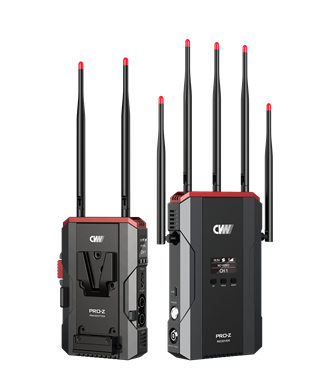 Zero Latency Wireless Video Transmission
Zero Latency Wireless Video Transmission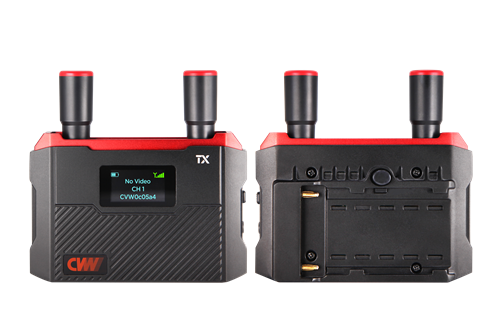
 Designed for teleoperating the heavy equipment
Designed for teleoperating the heavy equipment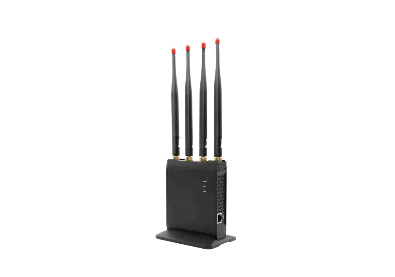 Wireless high-speed data transmission
Wireless high-speed data transmission